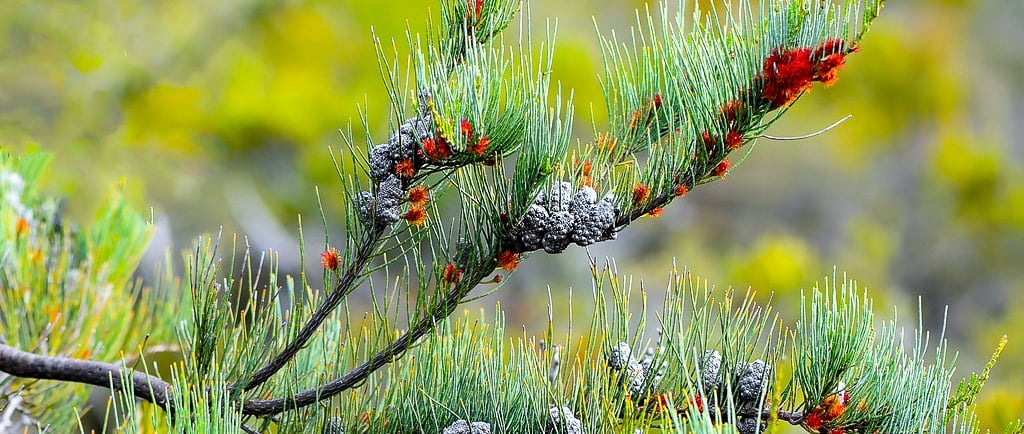Why Choose Allocasuarina Plants?


Allocasuarina plants, also known as sheoaks or casuarinas, are native to Australia and are well-suited to various climates and soil conditions. They are known for their slender, needle-like foliage and distinctive cone-shaped fruit. Consider adding Allocasuarina plants to your garden for the following reasons:
Wind Shelter: Allocasuarina plants have dense foliage that acts as an effective windbreak. By planting them strategically, you can create a wind shelter in your garden, protecting your outdoor space from strong gusts and creating a more pleasant environment.
Shade: The dense foliage of Allocasuarina plants also provides excellent shade. Whether you want to relax in a hammock or enjoy a picnic with your family, these plants will create a cool and comfortable spot to unwind.
Bird Attractant: Allocasuarina plants produce small, woody cones, a favourite food source for many bird species. By planting these trees, you can attract various birds to your garden, adding colour, movement, and delightful songs to your outdoor space.
Drought Tolerance: Allocasuarina plants are well-adapted to dry conditions and can tolerate periods of drought. This makes them an excellent choice for water-wise gardening and low-maintenance landscapes.
Planting and Caring for Allocasuarina Plants
Now that you're convinced about the benefits of Allocasuarina plants, let's talk about how to plant and care for them:
Choose the Right Variety: Several varieties of Allocasuarina plants are available, so select the one that suits your climate and soil conditions.
Location: Allocasuarina plants prefer full sun but can tolerate partial shade. Choose a spot in your garden that receives at least 6 hours of direct sunlight daily.
Soil Preparation: These plants thrive in well-draining soil. Before planting, amend the soil with organic matter, such as compost or manure, to improve its fertility and drainage.
Planting: Dig a hole that is slightly larger than the root ball of the plant. Place the plant in the hole, ensuring it sits at the same depth as in the nursery container. Backfill the hole with soil, gently firming it around the roots. Consider mounding the soil first, as this will promote drainage.
Watering: Allocasuarina plants have moderate water needs. When planting potted specimens, keep the soil moist for approximately one month, then water them deeply once a week, allowing the soil to dry out between waterings.
Maintenance: Prune the plants regularly to maintain their shape and remove any dead or damaged branches. Fertilise them yearly in early spring with a slow-release, balanced fertiliser.
With proper care and attention, your Allocasuarina plants will thrive, providing a wind shelter, shade, and a haven for beautiful birds. Sit back, relax, and enjoy the tranquillity of your garden!
